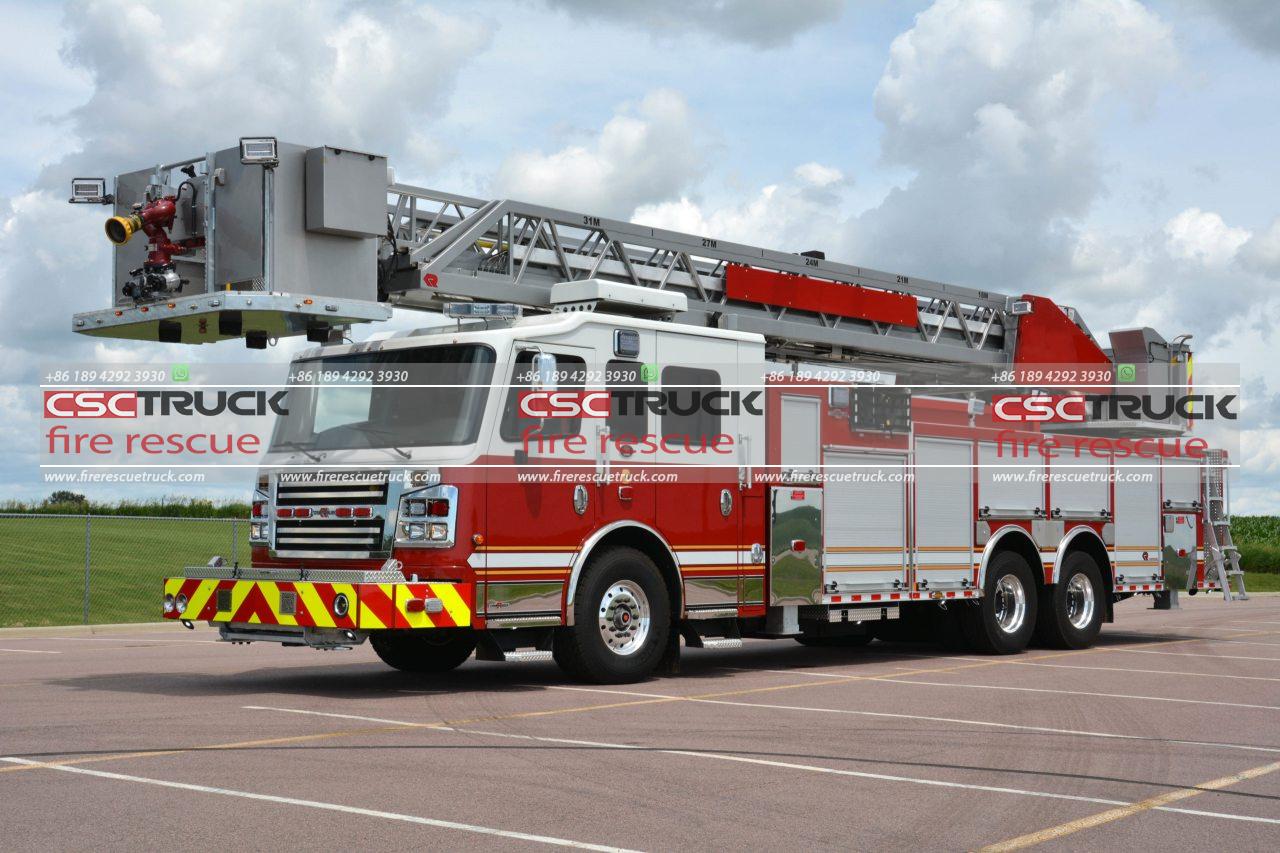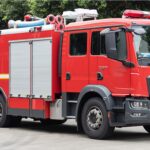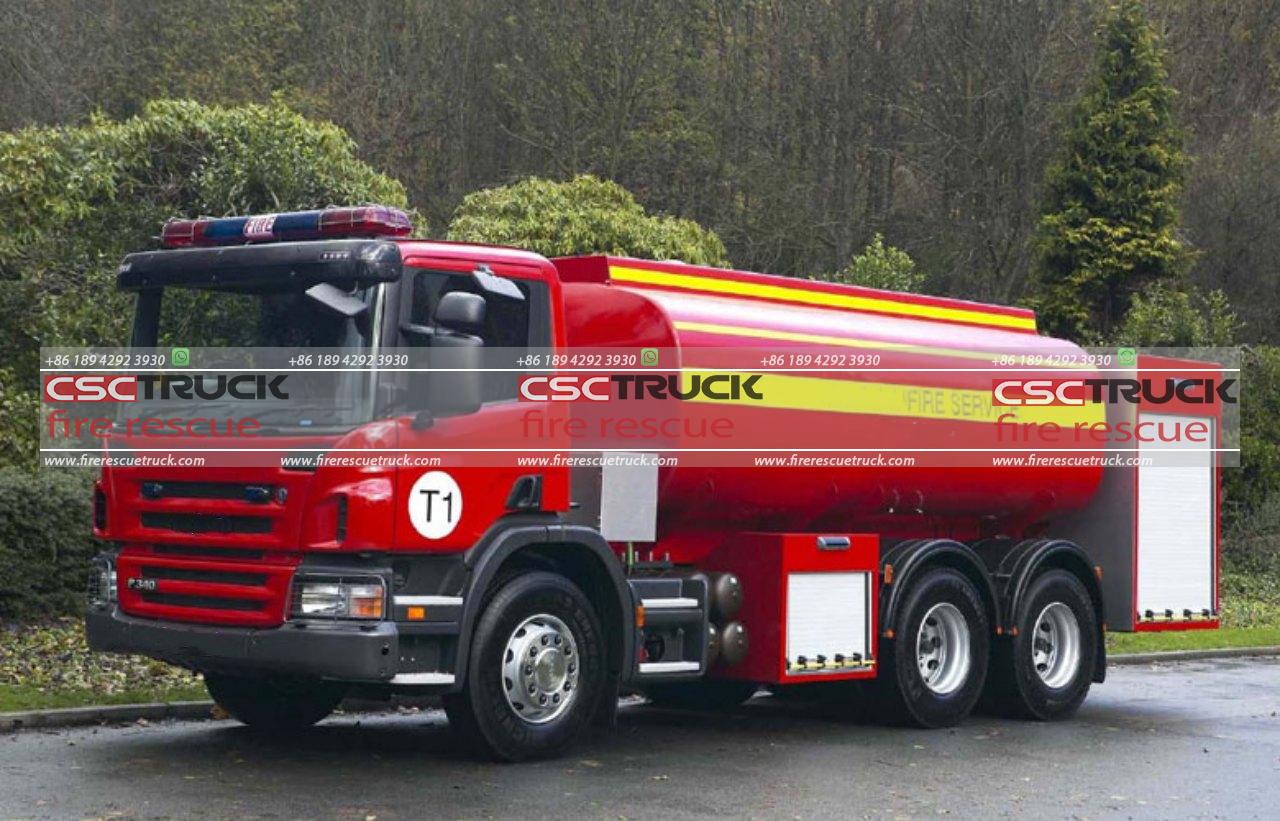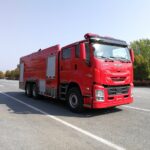Water Fire Truck: Powerful Water Fire Trucks for Comprehensive Firefighting Solutions
Firefighting is a critical public service that relies heavily on specialized equipment to effectively combat fires. Among the essential tools in a firefighter’s arsenal, the water fire truck stands out as a powerful and versatile vehicle designed to deliver comprehensive firefighting solutions. These robust machines are equipped with advanced technology and features that enable firefighters to tackle a wide range of fire emergencies efficiently and safely.
The Evolution of Water Fire Trucks
The development of water fire trucks has evolved significantly over the years. Early fire engines were simple horse-drawn carts with hand-operated pumps. The advent of steam power in the 19th century brought about steam-powered fire engines, which greatly improved the efficiency of firefighting efforts. However, it was the introduction of internal combustion engines in the early 20th century that truly revolutionized fire truck design, allowing for greater mobility and the ability to carry larger water tanks and more sophisticated pumping systems.
Modern water fire trucks are the result of decades of innovation and technological advancement. They are equipped with powerful engines, advanced water pumping systems, and a range of tools and equipment designed to address different types of fires and emergencies. These vehicles are a testament to the ingenuity and dedication of engineers and firefighters working together to enhance public safety.
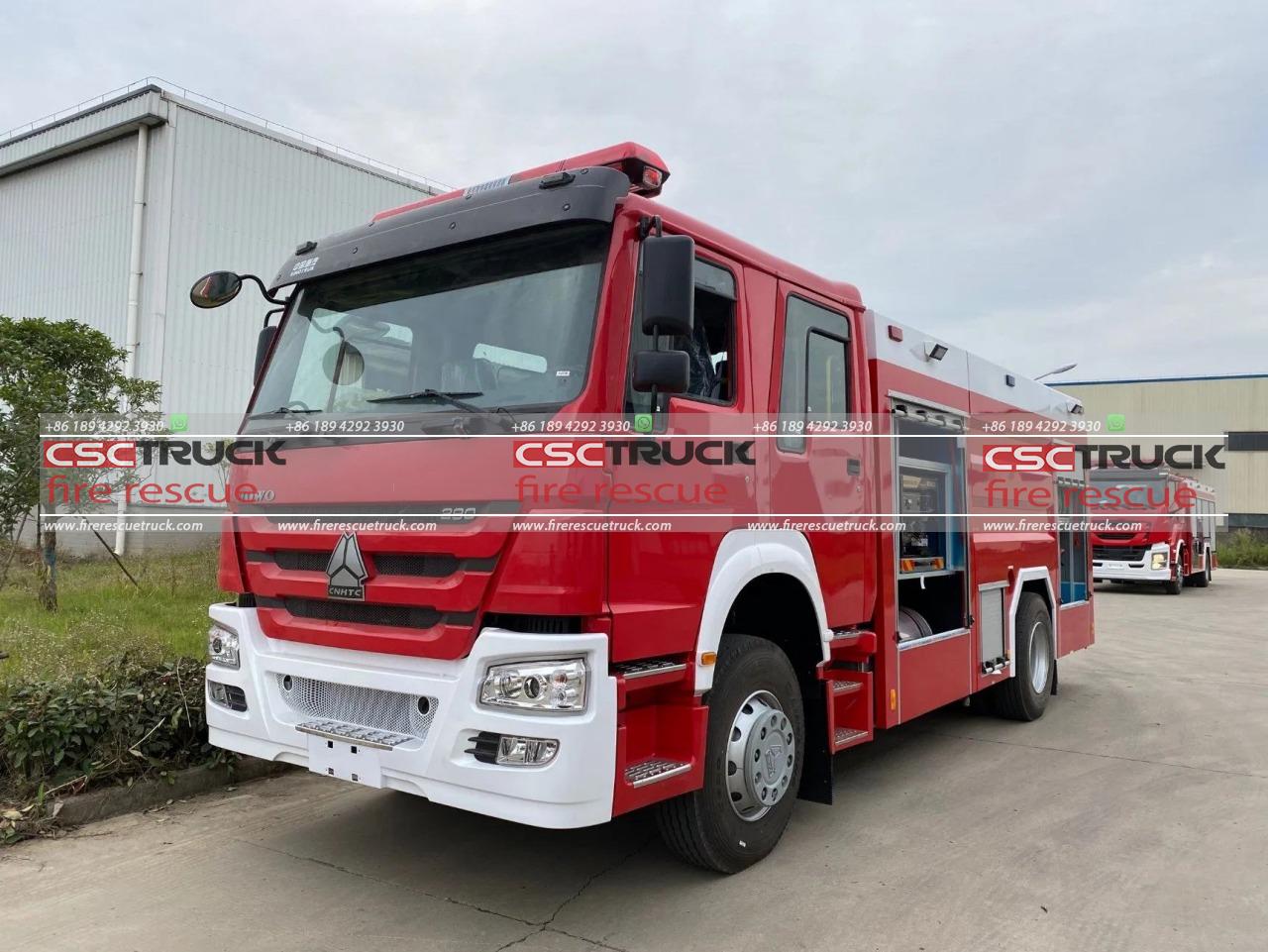
Key Features of Water Fire Trucks
1. High-Capacity Water Tanks:
One of the defining features of water fire trucks is their large water tanks, which can hold thousands of gallons of water. This high capacity is crucial for providing a continuous water supply at fire scenes, especially in areas where hydrant systems may be inadequate or nonexistent. The size of the tank varies depending on the truck’s design and intended use, with some trucks capable of carrying up to 3,000 gallons or more.
2. Powerful Pumping Systems:
Water fire trucks are equipped with state-of-the-art pumping systems that can deliver water at high pressures, ensuring effective firefighting even in challenging conditions. These pumps can often deliver water at rates exceeding 1,000 gallons per minute, allowing firefighters to quickly douse flames and prevent the fire from spreading. Some advanced models are also equipped with dual pumping systems, providing redundancy and additional power when needed.
3. Hose and Nozzle Systems:
The hose and nozzle systems on water fire trucks are designed for maximum versatility and efficiency. Firefighters can select from a variety of hose sizes and nozzle types to suit different fire scenarios. For example, larger diameter hoses can deliver higher water volumes for major fires, while smaller hoses offer greater maneuverability for interior firefighting operations. Adjustable nozzles allow firefighters to control the spray pattern and water pressure, optimizing their efforts to match the specific needs of the situation.
4. Foam Proportioning Systems:
In addition to water, many modern fire trucks are equipped with foam proportioning systems. These systems mix firefighting foam with water to create a more effective extinguishing agent, particularly for flammable liquid fires and other challenging scenarios. The foam helps to smother flames, cool surfaces, and prevent reignition, making it an invaluable tool for comprehensive firefighting efforts.
5. Advanced Control Panels:
The control panels on water fire trucks are designed to be user-friendly and provide firefighters with precise control over the vehicle’s various systems. These panels typically feature digital displays, pressure gauges, and controls for adjusting water flow, pressure, and foam mixture. Advanced models may also include touchscreen interfaces and integrated communication systems, allowing for seamless coordination between crew members and other emergency responders.
6. Safety and Ergonomic Features:
Safety is a top priority in the design of water fire trucks. These vehicles are equipped with a range of safety features, such as anti-lock braking systems (ABS), stability control, and rollover protection. Additionally, ergonomic considerations are taken into account to ensure that firefighters can operate the truck and its equipment comfortably and efficiently. Features like hydraulic ladder systems, easily accessible storage compartments, and well-designed crew cabins contribute to the overall effectiveness and safety of firefighting operations.
Applications and Benefits of Water Fire Trucks
1. Urban Firefighting:
In densely populated urban areas, water fire trucks play a crucial role in responding to building fires, vehicle fires, and other emergencies. Their ability to quickly deploy large volumes of water and navigate city streets makes them indispensable for urban firefighting operations. Advanced features such as aerial ladders and telescoping booms allow firefighters to reach higher floors and conduct rescues more effectively.
2. Rural and Wildland Firefighting:
Water fire trucks are also essential for combating fires in rural and wildland areas, where access to water sources may be limited. The large water tanks and off-road capabilities of these trucks enable firefighters to respond to wildfires and other remote incidents with greater efficiency. Specialized models, known as brush trucks or wildland fire engines, are designed to handle the unique challenges posed by wildland firefighting.
3. Industrial and Hazardous Material Incidents:
Industrial sites and facilities handling hazardous materials present unique firefighting challenges. Water fire trucks equipped with foam proportioning systems and other specialized equipment are vital for addressing fires involving flammable liquids, chemicals, and other hazardous substances. These trucks can quickly deliver foam and water to suppress fires and mitigate the risks posed by hazardous materials.
4. Disaster Response and Mutual Aid:
In large-scale disasters and emergencies, water fire trucks are often deployed as part of mutual aid agreements between fire departments and emergency services. Their versatility and high capacity make them valuable assets in coordinating responses to natural disasters, large fires, and other significant incidents. By pooling resources and capabilities, fire departments can enhance their overall effectiveness in protecting lives and property.
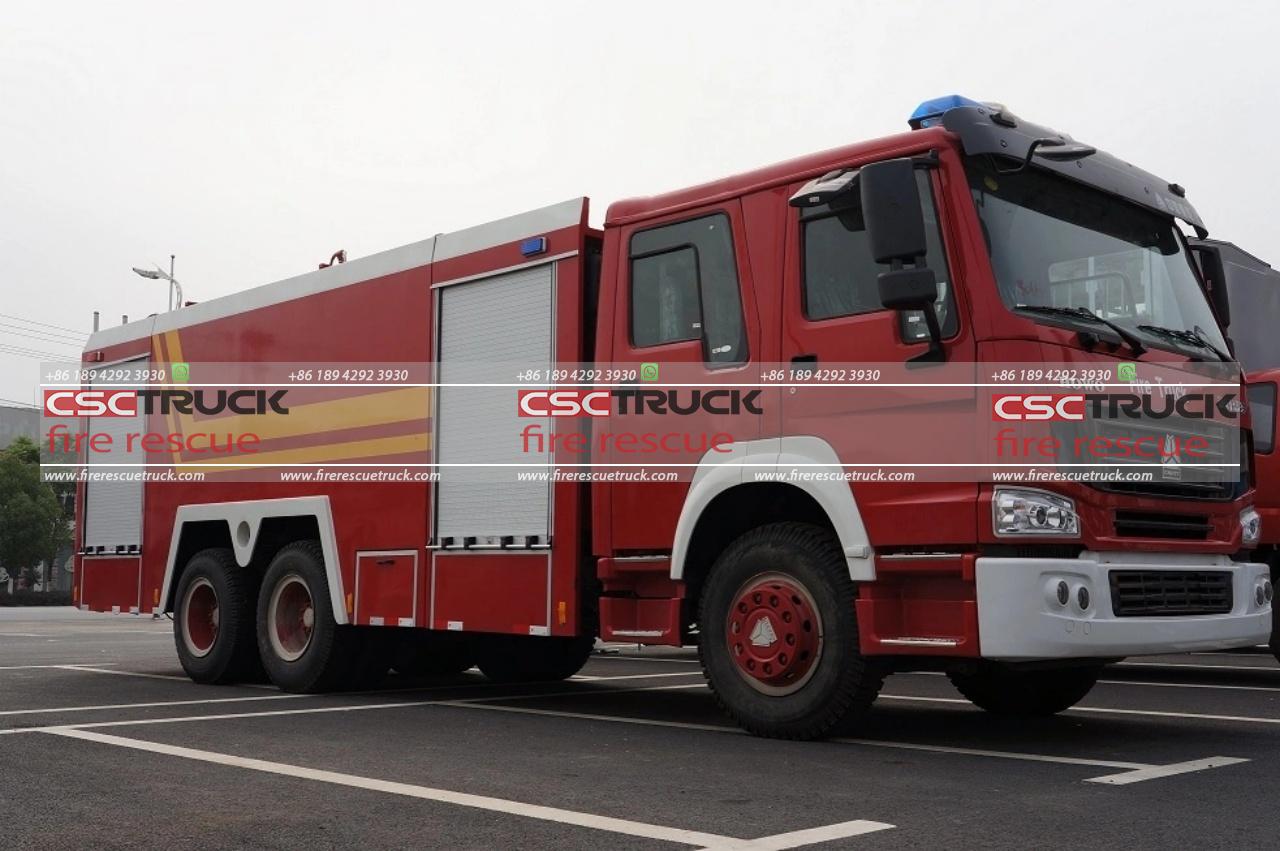
The Future of Water Fire Trucks
As technology continues to advance, the future of water fire trucks looks promising. Innovations such as electric and hybrid powertrains, autonomous driving capabilities, and enhanced communication systems are poised to further improve the efficiency and effectiveness of these critical vehicles. Additionally, ongoing research and development efforts are focused on creating more sustainable and environmentally friendly firefighting solutions, such as using recycled water and developing more effective fire suppressants.
In conclusion, water fire trucks are a cornerstone of modern firefighting efforts, providing powerful and comprehensive solutions for a wide range of emergencies. Their advanced features, versatility, and adaptability make them indispensable tools in the ongoing mission to protect lives, property, and the environment from the devastating effects of fires. As technology continues to evolve, these vehicles will undoubtedly play an even more significant role in shaping the future of firefighting and emergency response.


